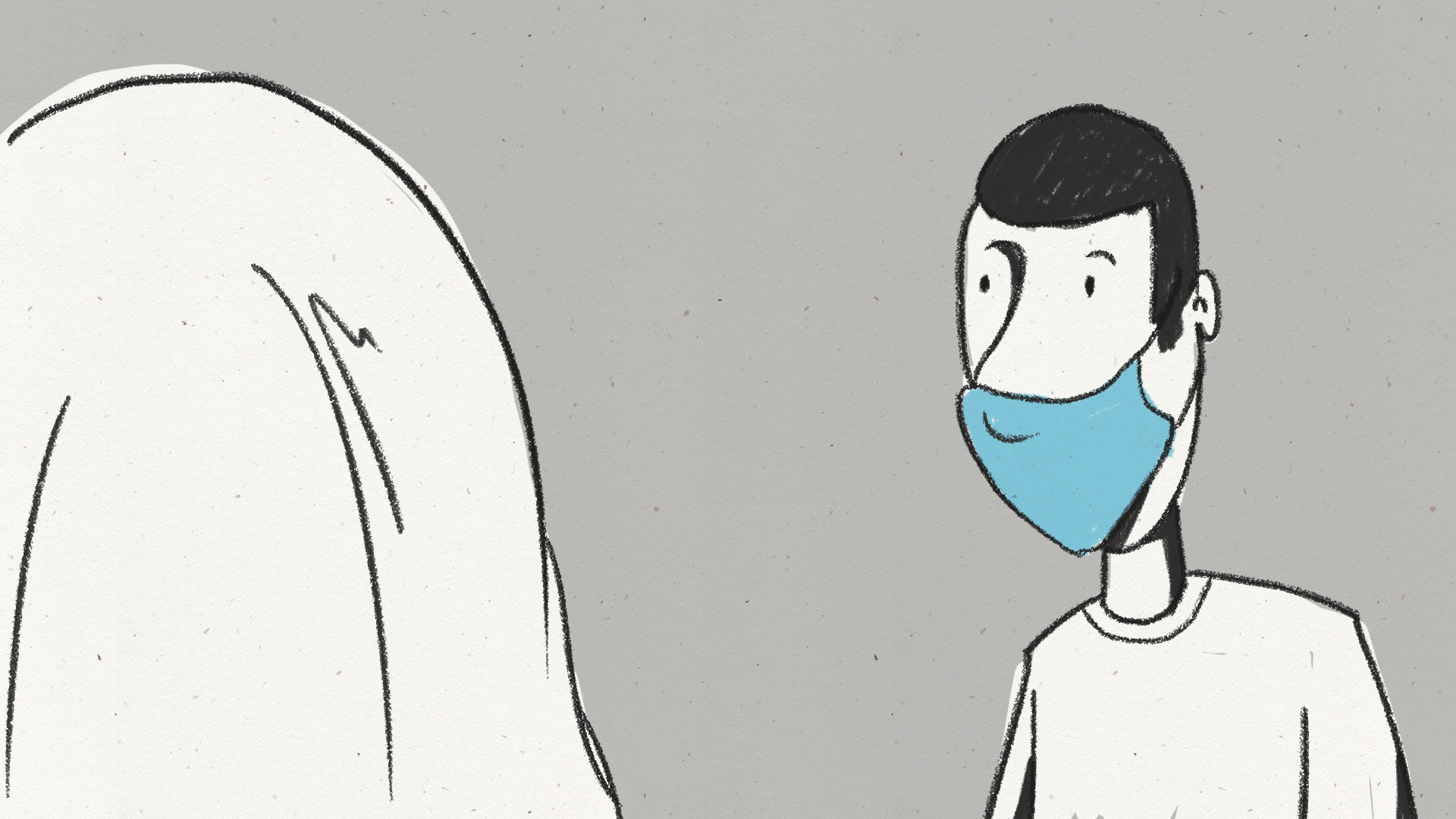These are some points to hit when you have the COVID talk
As the Quebec government extends the province-wide curfew to curtail the COVID-19 transmission rates, it’s become increasingly important that we start engaging in the difficult conversations with ourselves and our loved ones.
“Are you being safe?” and “Did you see anyone?” isn’t enough. We need to have frank, honest and clear communication as a matter of public health and common sense.
Certain people experience a higher risk of exposure to the virus simply from their job, their household, or their context. It’s important to turn up the compassion, turn up the curiosity, and turn down the judgment. It’s your business to know the facts so you can assess what risk you’re comfortable exposing yourself to, but that’s not a free pass to look down on other people’s risk assessment.
To get a sense of safe contact, let’s talk geometry. In terms of COVID contact, the safest shape is a circle, not a line. I’ll explain.
A “COVID bubble” is a closed circle. Meaning, if you are in a bubble of three with you and your two roommates, you see each other exclusively. Otherwise, it would no longer be a closed circle, but instead a chain.
It’s also important to communicate clearly and honestly when choosing a person to bubble with. That way everyone can make an informed decision.
For example, if I live alone, and plan to see my “one person” who also lives alone, before going to see them, we need to have a conversation about exposure to make sure we’re both on the same page.
To start the discussion, try and lead with setting your goals and intentions for having this hard conversation. Something like, “I know it’s awkward, but I appreciate that we can have these hard talks. I’m hoping to get clarity about our contact levels recently so that we can make sure that it’s safe and responsible to see each other. I completely respect your decisions, and I hope you respect mine, even if it means we can’t see each other at this time. ”
Then ask questions. Keep it short and simple. Be honest.
Asking if someone is “low risk” or “being safe” is perception-based, and relies on assumptions and personal opinions. This leaves room for miscommunication as folks may define “risk” or “safety” differently.
Replace “Are you being careful?” with “Who have you seen in the last two weeks?”, “Were you wearing masks the whole time?”, “Were you 2 metres apart?”, and “Were you outside?”
Replace “Do you trust the person you saw?” with “Did you have a conversation with the person you saw?”, “What questions did you ask?”, and “What was their reply?”
Replace “Are you taking risks?” with “What is your job?”, “Do you see children who go to school?”, and “Do you see people who have children in school?”
It’s about eliminating mystery and assumption from the conversation, and normalizing the conversation. This isn’t personal, it’s practical.
This is the kind of situation that forces change, and ultimately growth. Bestselling author and therapist Lori Gottlieb says, “Change and loss travel together. We can’t have change without loss, which is why so often people say they want change but nonetheless stay exactly the same.”
In this time, we are acquiring the skills to advocate for our own health and safety and that of others as well. We’re learning how we best receive feedback and how best to deliver it. We’re deepening our relationships with loved ones, and forging new ones as we endure this strange and complex hardship together.
This situation is forcing loss on everyone. It’s also forcing change. It’s uncomfortable, it’s scary, and it hurts. But we can choose to change for the better.
Graphic by Taylor Reddam




